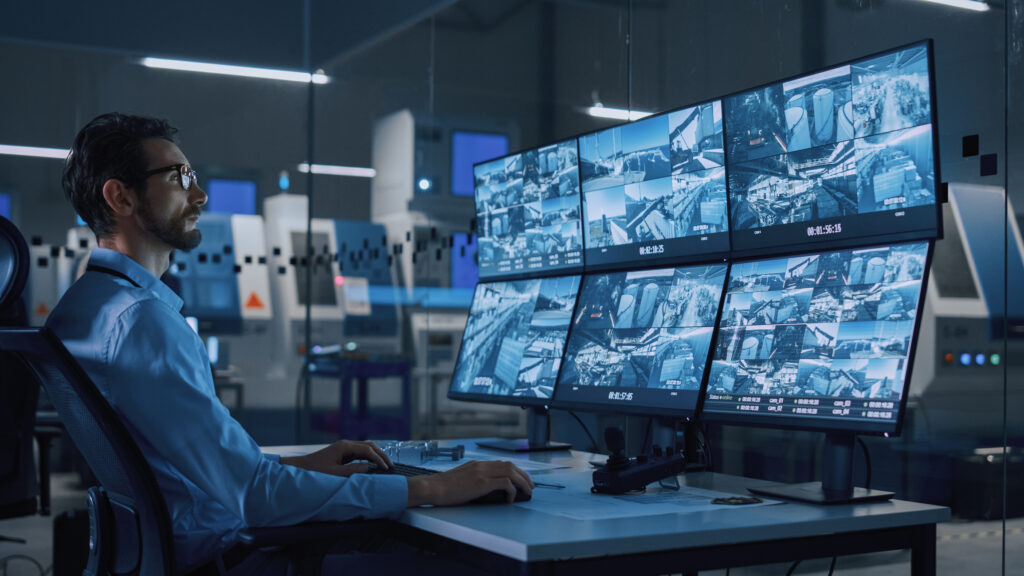The best approach to software training depends on the specific needs of the target organization and its employees, and involves a combination of different methods, such as:
Customized training: Software training should be tailored to meet the specific needs of the organization and its employees. This can involve a combination of hands-on training, instructor-led training, and online resources.
Hands-on training: Practical, hands-on training is often the most effective way for employees to learn new software skills. This can involve working through exercises and projects that allow them to apply what they have learned in a real-world context.
Blended learning: A blended approach that combines different training methods can be more effective than relying on just one method. This could include a combination of classroom training, online training, and on-the-job training.
Ongoing training: Software training should be seen as an ongoing process, rather than a one-time event. This allows employees to stay up-to-date with the latest software developments and continue to improve their skills over time.
Gamification: Gamifying software training by using elements of game design such as points, badges, and leaderboards can make the learning process more engaging and enjoyable for employees.
User-centered design: When designing software training programs, it is important to focus on the needs and goals of the users. This can involve surveying employees to understand their training needs, and designing training programs that are relevant, engaging, and accessible.
Train-the-Trainers: In instances where the target audience size is large, Atlas Arc designs Training Programs to train the trainers i.e., to train a subset of the audience is first trained and transformed into subject matter experts (SME) and leverage those SMEs to then train the wider audience.

